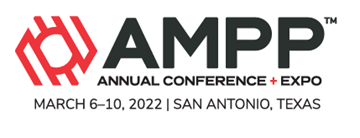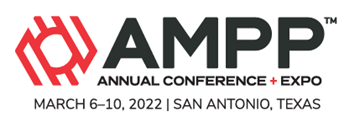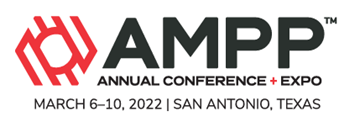Search
Understanding Atmospheric Corrosion Damage On An Aircraft Representative Galvanic Specimen: A Two-Pronged Approach That Combines Modeling With Experimental Measurement
Also Purchased
Very High Strength Low Alloy Steels For HPHT Applications
Product Number:
51322-17721-SG
Publication Date:
2022
$20.00
Use Of Vapor Phase Corrosion Inhibitor For Tank Bottom Protection
Product Number:
51322-17879-SG
Publication Date:
2022
$20.00
Understanding Effect Of Scribe Method On Variability In Accelerated Corrosion Test Results
Product Number:
51322-17897-SG
Publication Date:
2022
$20.00




